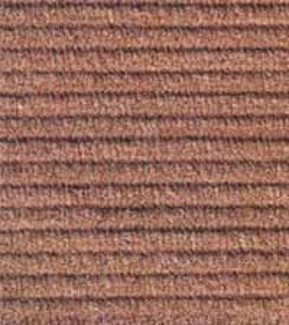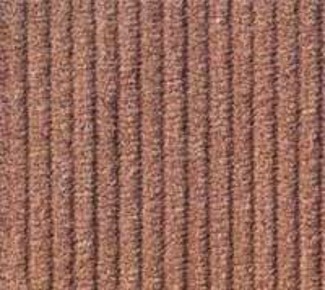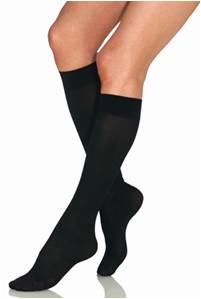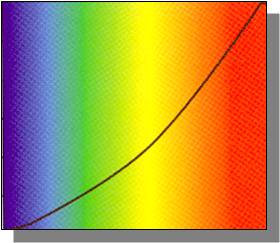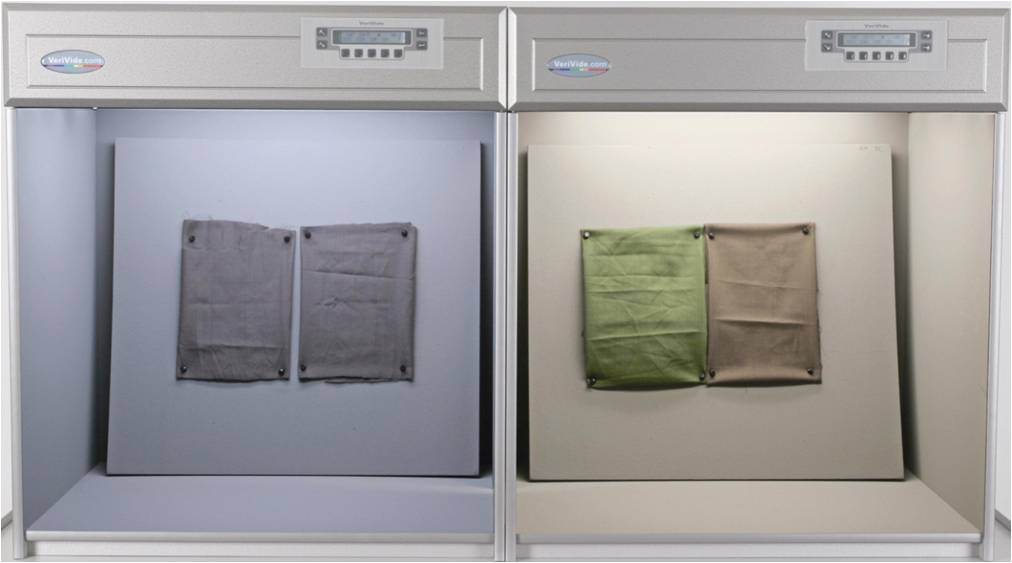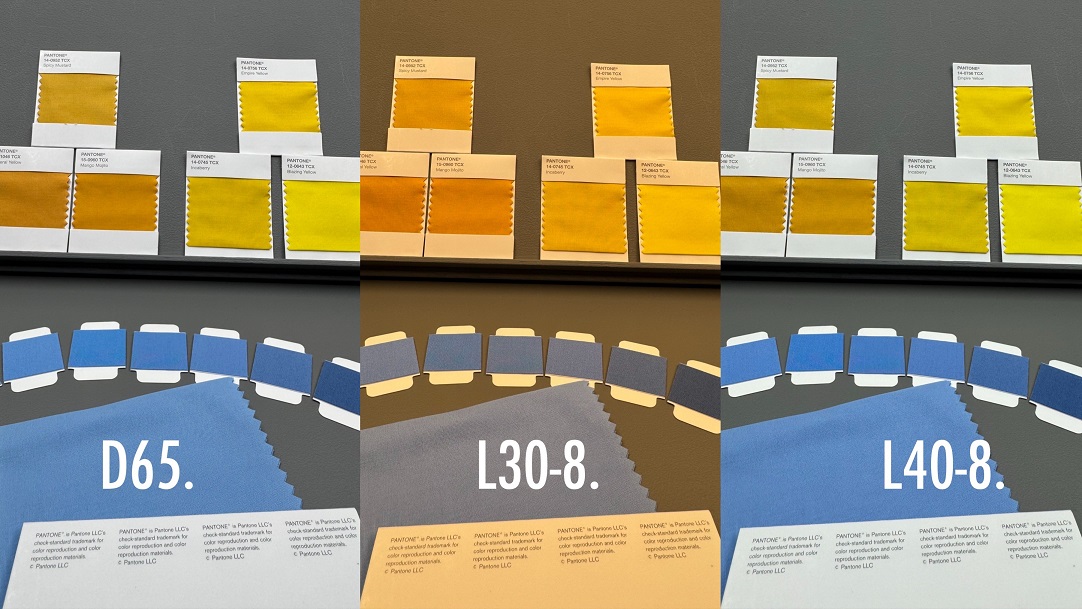What is Metamerism?
Metamerism is the word used to explain when the colour of two samples match under one set of conditions but no longer match when one of the conditions changes.
Metamerism is a very common phenomenon and yet consumers do not expect the colour to change. It is therefore very important to ensure that components of a product which may be manufactured by different suppliers or in different materials actually match under multiple conditions.
This is especially true with a car interior for example, where polymer resins, painted and coated surfaces and dyed fabric or leather all should match. Likewise a suit where the jacket and trousers should match is under the control of the brand or retailer. Products should be viewed under a number of light sources and at multiple angles in a light booth before they are approved for use.
Unfortunately, retailers have no control over a customer bringing an unrelated item on a shopping trip to match the colour of an item they need to buy for example a hat to match a wedding outfit or a cushion to match curtains as the customer is then only making a judgement on the colour in one set of conditions. .e.g. in a car interior or items which should be a matching set e.g. jacket and trousers in a suit actually do match
There are 3 distinct types of Metamerism dependent upon which change in conditions causes the change in colour:
1. Observer Metamerism
Two samples match in one set of conditions with one observer but no longer match when the observer is changed. Each person perceives colour slightly differently, this is caused by variations in the eye such as different responses of the cone cells, yellowing of the lens or variation in the macular pigment.
2. Geometric Metamerism
Two samples match in one set of conditions but no longer match when viewed at different angles, distances, light positions, etc.
This is typically observed with 3d or textured items e.g. Corduroy fabric, pile carpet or towelling or two plastic surfaces with different textured surfaces.
One example of Geometric Metamerism is field-size metamerism which occurs because the relative proportions of the three cone types in the retina vary from the centre of the visual field to the periphery, so that colours that match when viewed as very small samples may appear different when viewed as a larger sample. To prevent this we would recommend that similar-sized samples are viewed together and preferably that samples are at least 5cm x 5cm in size to ensure the correct colour decision is made so please don’t cut up your colour standard into many small snippets as it makes the job of colour matching much more difficult!
3. Illuminant Metamerism
Two samples match in one light source but no longer match when the light is changed.
Have you ever chosen black tights to wear with a navy skirt or selected odd socks assuming that both are black when in fact one is navy?
This is a very common problem as under low levels of incandescent lighting such as a bedroom lamp the socks or tights may appear black but under a different light source, for example a fluorescent lamp in your office, shop or kitchen they are actually navy.
All light sources have a spectral content. Natural sunlight is made up of all possible colours (think of the rainbow effect when it shines through raindrops) but other light sources may not have such a complete spectrum.
A typical store light has three peaks of light which correspond to the Red, Green and Blue cones in your eye which enable you to see colour whereas incandescent bulbs mainly emits light in the orange and red area of the spectrum which gives it the characteristic warm orange glow.
Image: Tungsten Filament (F) lamps
Unfortunately, lamps which do not emit light in a particular colour area are not very good at illuminating and rendering colours in that colour area. It can be difficult to distinguish between Black and Navy socks with small amounts of blue light!
Neutral colours
Neutral colours such as grey and khaki are notorious for exhibiting metamerism. Typically they are coloured with a combination of 3 different dyes or pigments and it can be relatively easy to match a colour under one light source but not under several. The spectral reflection curve of the mixture may be significantly different from the spectral reflection curve of the original standard and so under a different light source with a different spectral distribution the colour will no longer match.
Image: Colour assessment of samples under D65 (left) & 840 (right) illuminant in VeriVide’s Light Booths
Our website provides further information on the variety of standardised light sources available.
Update!
The new UltraView Light Booths contain a minimum of 8 light sources, including several store light LED options enabling products to be checked for colour under any light to prevent metamerism.
Contact Adam on sales@verivide.com to find out more.





